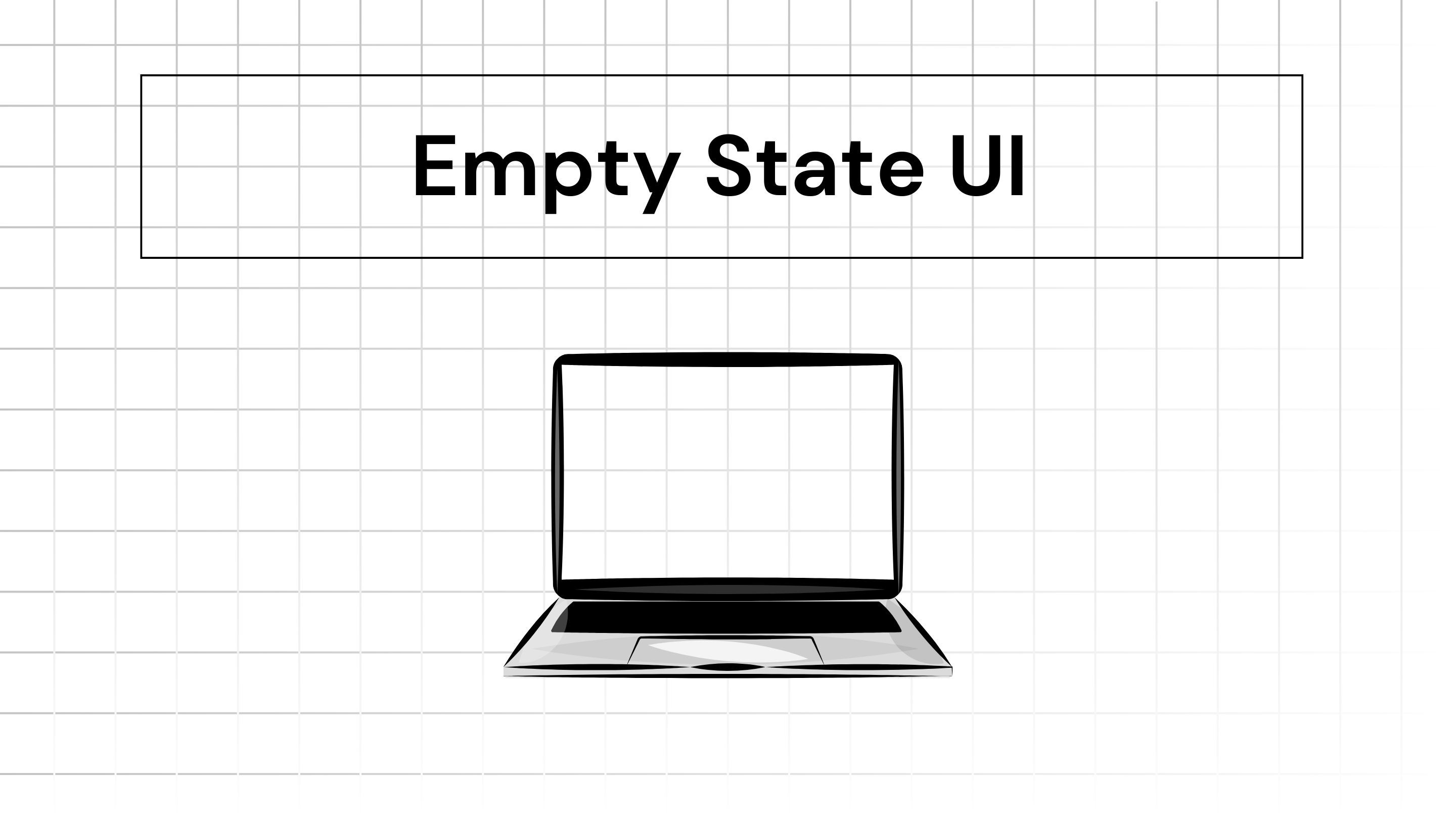
Iterate AI
Jan 24, 2025
Not every interaction with a product/app results in a populated screen. That's where empty state UI design comes into the scene. Empty states are the screens when there is no data to display.
The reasons could be that a search yielded no results, or an error occurred. Properly designed empty states can transform these moments into opportunities for engagement.
Empty states are neither inherently good nor bad—they're a neutral concept. Their impact depends on how they are designed and implemented. Here’s a breakdown of both sides:
Why Empty States Can Be Good
Here are three reasons why:
Opportunities to guide users
Empty states are a chance to educate users, guide them toward the next step, or explain why the state is empty. For example, encouraging actions like setting up a dashboard, adding tasks, uploading files, or starting a new project.
Create engagement
Thoughtfully designed empty states can engage users by making them curious or inspired. They can:
Spark action with clear, actionable prompts.
Build emotional connections using friendly visuals or witty text.
Reduce frustration
If users encounter an empty state because of an error (e.g., a failed search), a well-designed message can mitigate frustration by explaining what went wrong and suggesting alternatives.
Why Empty States Can Be Bad
Here are a few things to consider:
Missed opportunities
Poorly designed empty states (e.g., generic “No data available” messages) fail to engage or inform users, leaving them confused or unmotivated to proceed.
Can feel abandoned
If users encounter an empty state with no guidance or explanation, it can feel like hitting a dead end, leading to frustration or abandonment of the app or service.
Overwhelming or overlooked
Too much information or overly complex guidance can overwhelm users. Too subtle or minimalist an approach may cause users to overlook important next steps.
The verdict
Empty states are tools. When designed with purpose and empathy, they can enhance the user experience. However, if ignored or poorly executed, they can create confusion and lost opportunities.
What is The Use Of Empty State
Empty states are more than just placeholders. They serve three key purposes:
Provide context: They explain why the screen is empty and what users can do next.
Encourage action: They guide users toward tasks that will populate the screen with content.
Build emotional connection: A well-crafted empty state can inject personality and reduce user frustration.
Strategies for Designing Effective Empty-State UIs
A few things to consider:
Explain the why
Users need to understand why a screen is empty. For instance:
If a search query yields no results, explain that the query did not match any items and suggest alternative keywords.
For a new account, show that there’s no data because the user hasn’t performed certain actions yet.
Offer guidance
Guide users with actionable steps to fill the empty space. Examples include:
Tutorials or onboarding tips for new users.
Call-to-action buttons, such as “Add your first task” or “Upload a file.”
Search improvement suggestions, like “Try fewer keywords” or “Check spelling.”
Incorporate visuals and personality
Empty states can leverage visuals, microcopy, and animations to make the experience engaging. For example:
Illustrations: A friendly graphic can lighten the mood.
Humor: A witty message can make the empty state feel less frustrating.
Branding: Use the empty state to reinforce your brand’s personality.
Prepare for edge cases
Empty states can arise unexpectedly, such as during errors or downtime. For these scenarios:
Show an error message that’s both informative and empathetic.
Provide a way for users to retry or contact support.
Keep it minimal
While it’s tempting to pack empty states with information, simplicity is key. Focus on the most critical message and action. Avoid overwhelming users with too many options or verbose text.
Examples of Excellent Empty States
Spotify: You can type anything in the search bar and Spotify will show some relevant suggestions. Instead of showing an empty space asking users to try something else in search, they give recommendations for users to check out.

